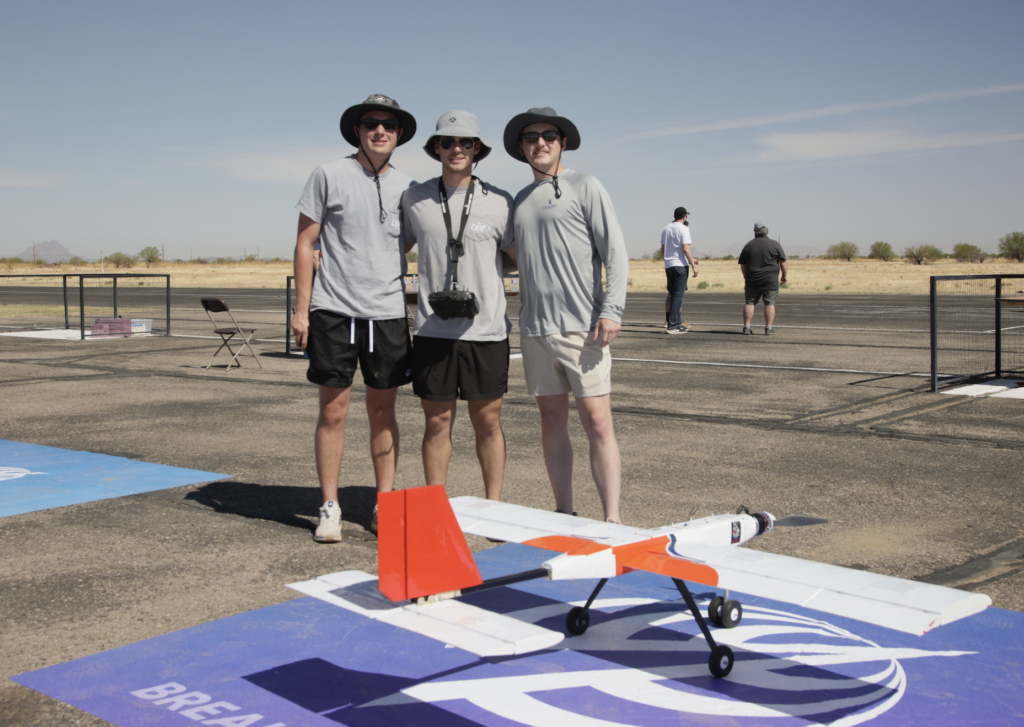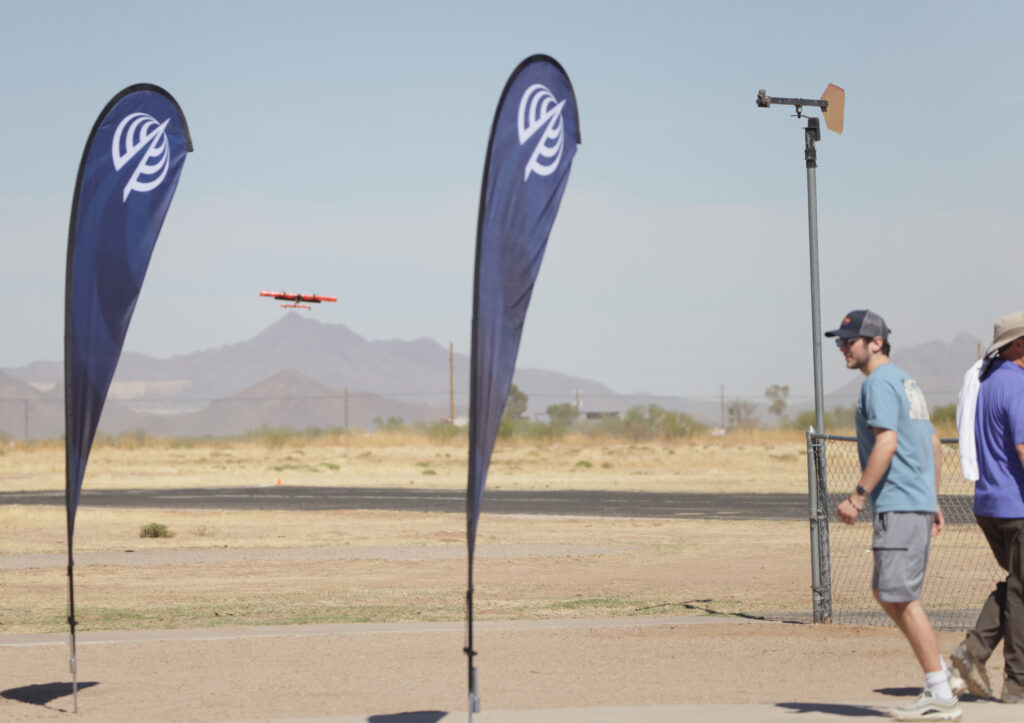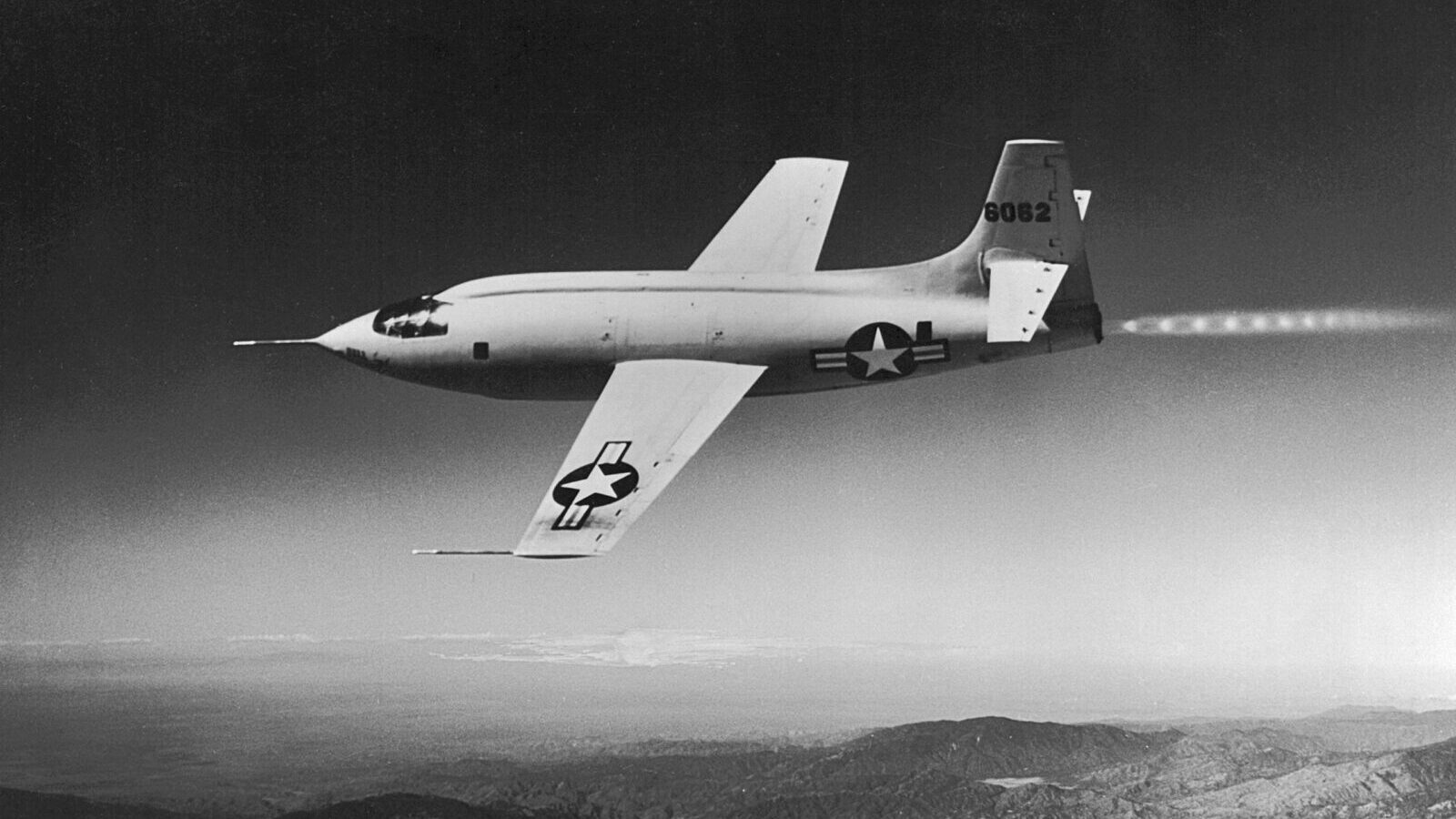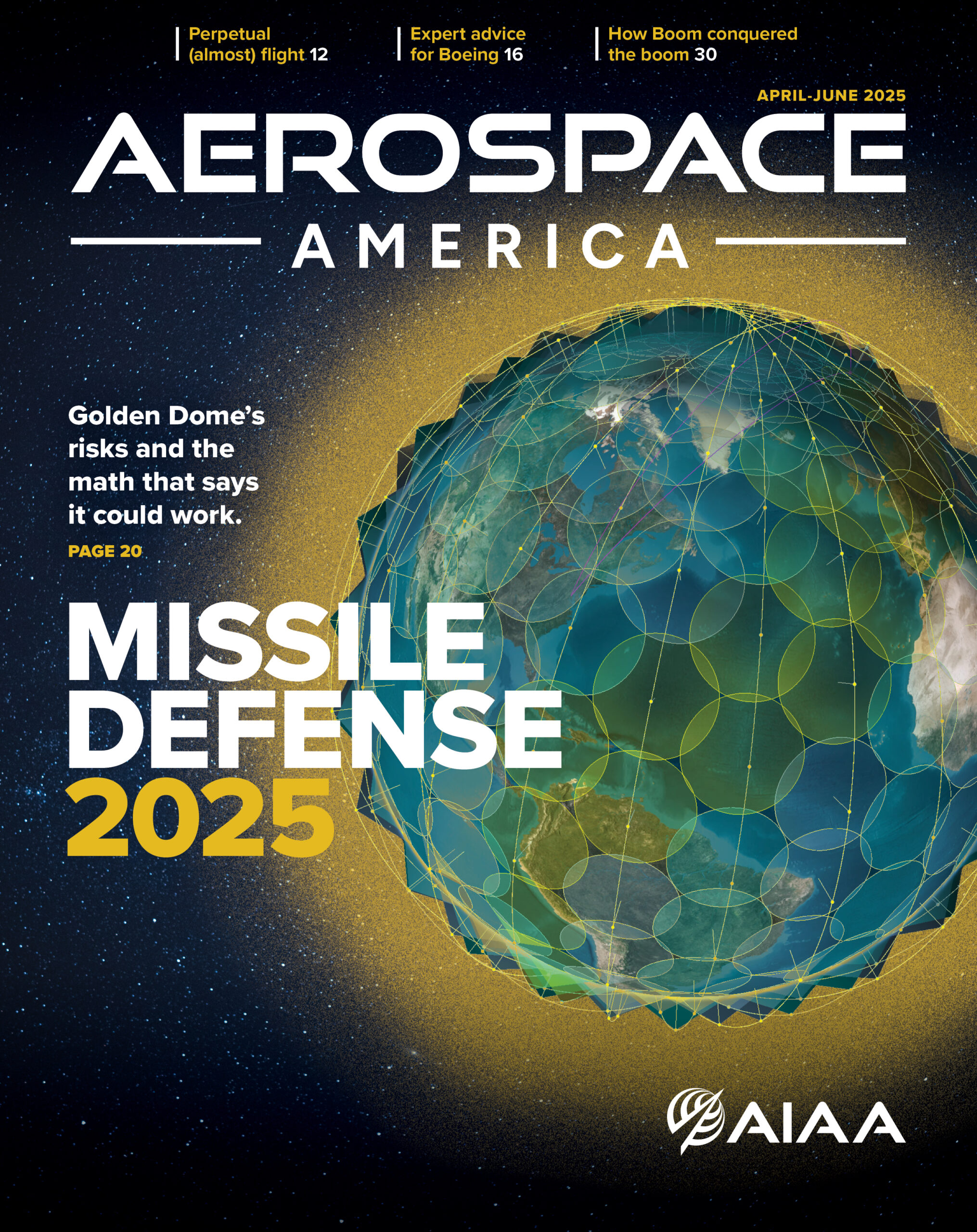The story of Chuck Yeager’s historic breaking of the sound barrier in 1947 is ingrained into our national conscious. Captured brilliantly in both print and film in The Right Stuff, many of today’s most accomplished pilots, engineers, astronauts, and dreamers were inspired by this achievement. An equally compelling story is how the Bell X-1 vehicle itself came to be and the engineers who integrated rocketry and flight to push the boundaries of flight beyond known limits. As AIAA set forth to design its first significant change to our logo since 1963, we aspired to incorporate the Bell X-1 and this spirit of innovation in our approach.
The humble beginnings of the technology behind the Bell X-1 started in Staten Island, New York, in the 1930s. With handmade tools, rigging and instruments, the founders of the American Rocket Society (ARS) conducted a series of liquid propellent tests throughout the decade — sending rockets hurtling in the sky, refining and improving their designs along the way. ARS is one of AIAA’s predecessor societies. Four members of ARS — James Wyld, John Shesta, H. Franklin Pierce, and Lovell Lawrence Jr. — built upon the learnings from these experiments to create a company that would provide the engine behind the Bell X-1: Reaction Motors.
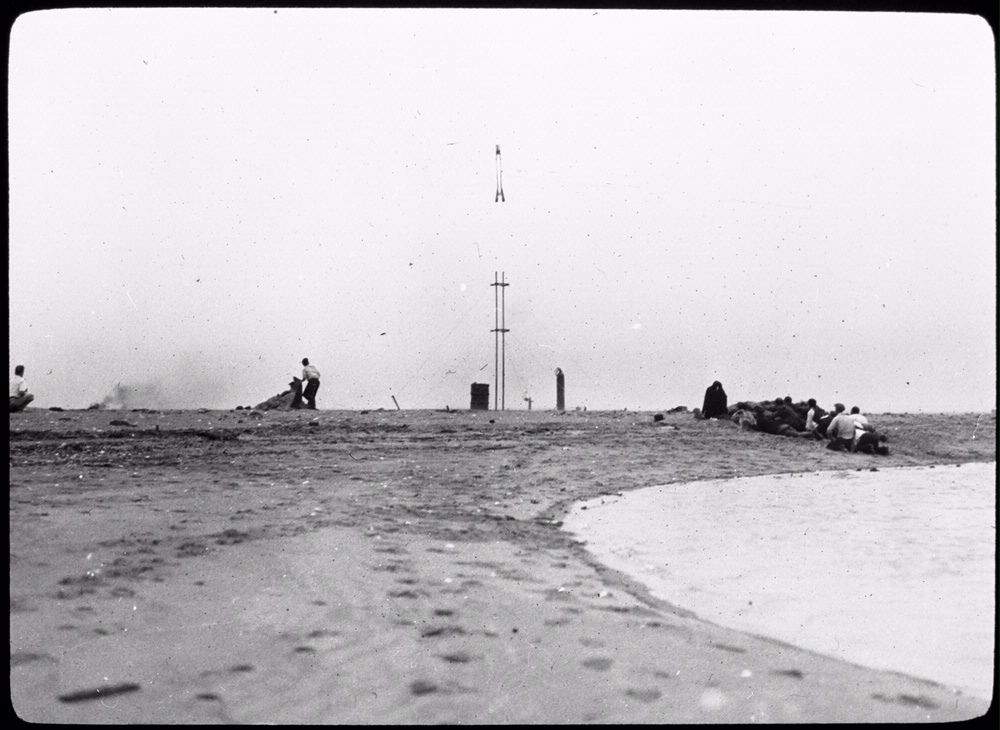
In his book, America’s First Rocket Company, renowned historian, Smithsonian curator emeritus, and author Frank H. Winter captures the story of Reaction Motors (RMI), the first U.S. liquid-propellant rocket company. Established in December 1941 in the wake of the Pearl Harbor attack, RMI was created to advance liquid-propellant rocket technology in support of the war effort. At a time when rocketry was still in its infancy, RMI emerged as a bold and visionary company. Over the years, it achieved some of the most groundbreaking advancements in American aerospace history — contributing to the early stages of human space exploration and developing the crucial motors for the first U.S. vehicle to achieve a soft landing on the Moon. Its most storied achievement — enabling manned flight at supersonic speeds, including Yeager and the Bell X-1 on 14 October 1947. This milestone symbolizes not just technological prowess but also the daring mindset that defines the aerospace community: embracing challenges that others deem impossible.
AIAA’s New Logo: Inspired by Innovation
In designing AIAA’s refreshed logo, we aimed to embrace and celebrate our unique connection to these incredible events — as well as inspire the next great achievements. Breaking barriers, doing the hard things first, shaping the future — these are part of the values that make our innovation community remarkable. The logo depicts a vehicle penetrating the sound barrier and the resulting shock waves left in its wake. For the dedicated space folks may also see the secondary perspective — a vehicle pushing beyond the bounds of Earth’s gravity. The logo can be seen in both ways, just as we as an Institute represent those driving innovation in both aeronautics and astronautics.

The X-1’s iconic fuselage and wings become a visual representation of what AIAA stands for — pushing boundaries, innovating fearlessly, and achieving breakthroughs that transform humanity’s relationship with the skies and beyond. Its sleek, forward-moving design captures the motion and momentum of aerospace innovation. The sharp lines and bold forms symbolize precision, determination, and progress. Just as the X-1 broke the sound barrier, AIAA continues to break barriers — fostering collaboration, driving technological advancements, and inspiring the next generation of pioneers.
The new logo was launched on 11 April 2025 at the 29th Annual AIAA Design/Build/Fly Competition (DBF) in Tucson, Arizona. DBF brings together more than 1,100 of the brightest aerospace students to complete a series of missions that demonstrate their command of designing aircraft. The final mission of this year’s competition was modeled after the Bell X-1 — with a smaller aircraft being air launched from a larger vehicle in flight and both navigated to achieve success. We cannot think of a more fitting place to introduce the new AIAA logo than to the next generation of aerospace innovators.
